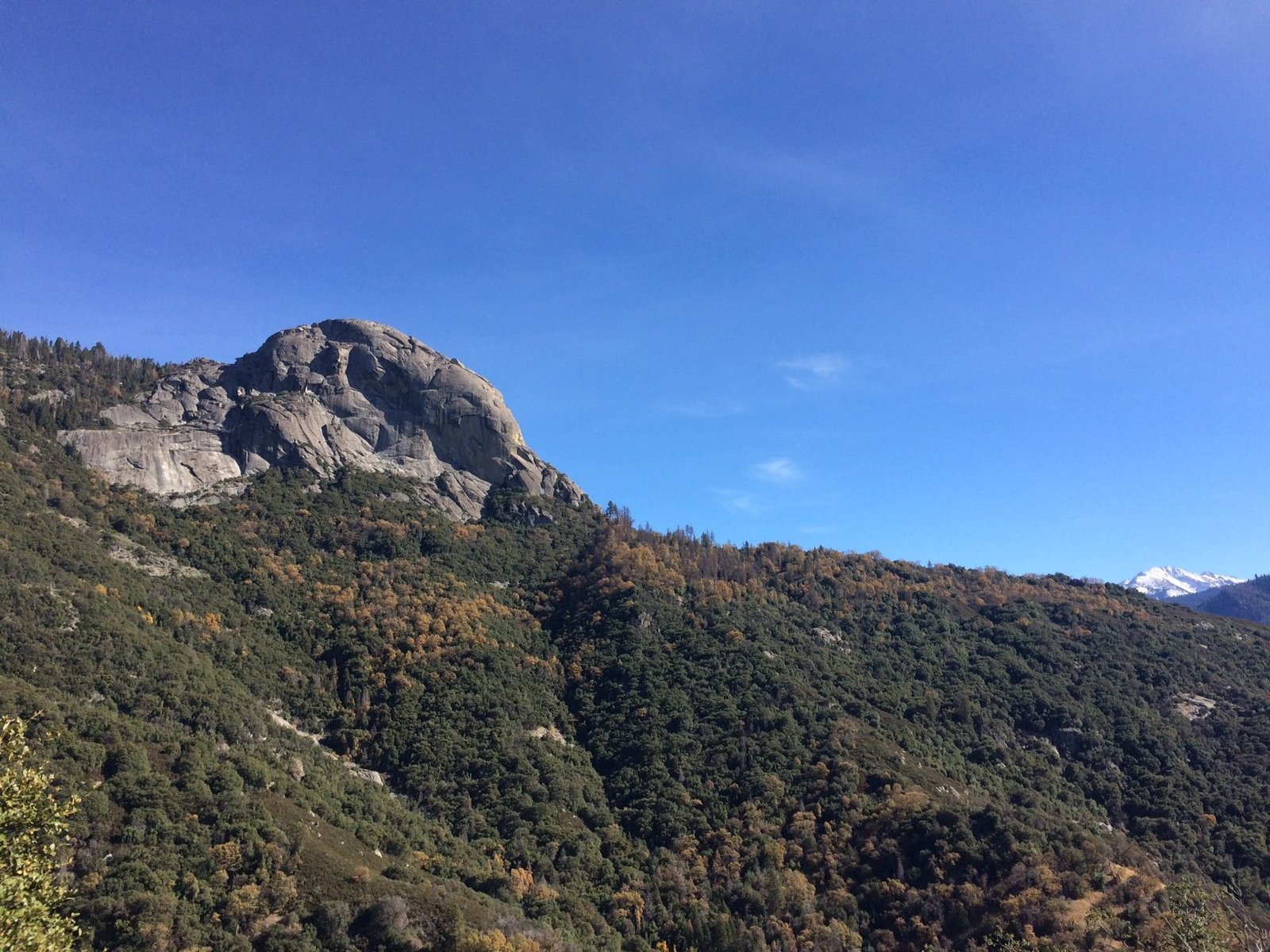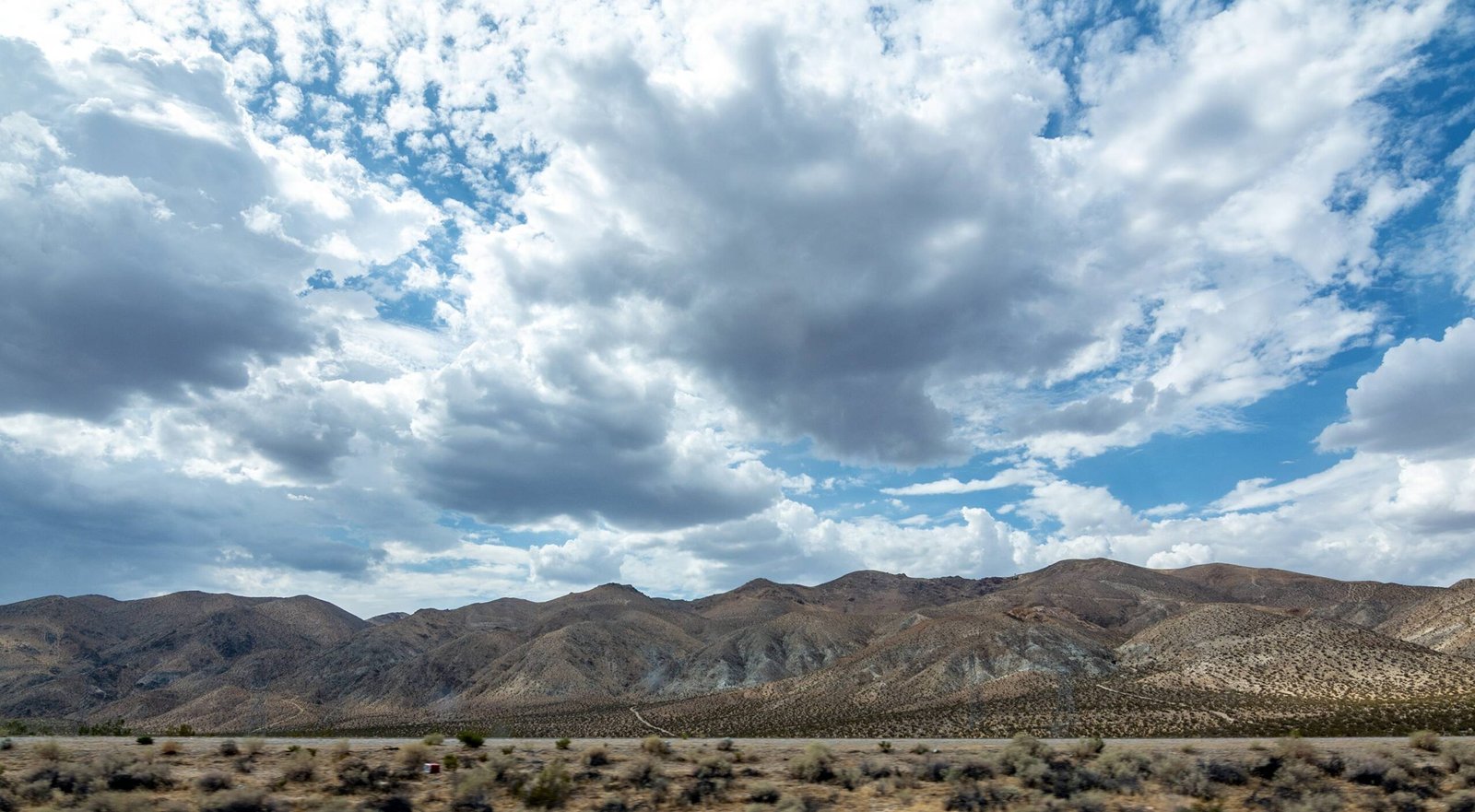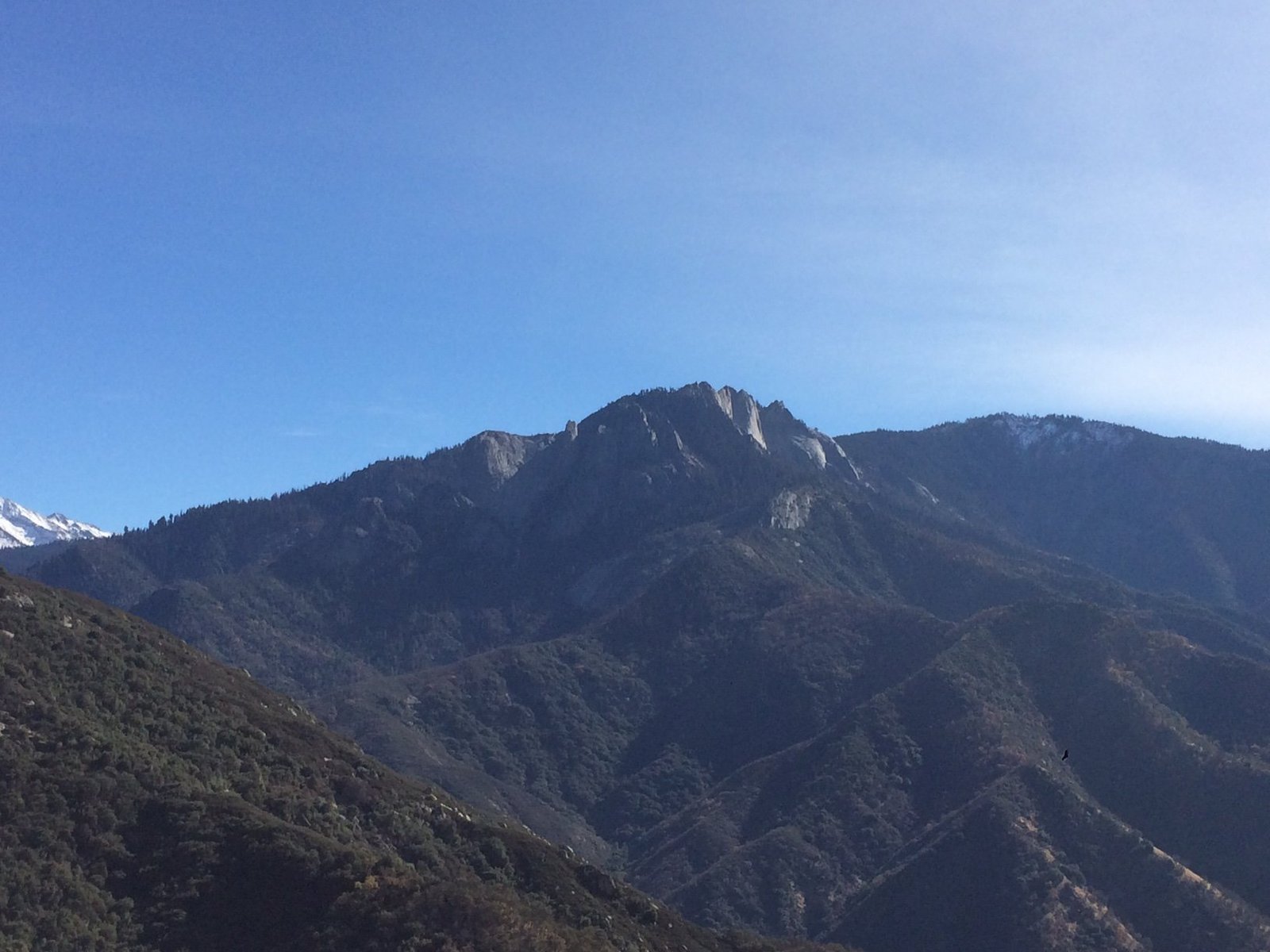Backpacking light in Sequoia National Park offers an unparalleled wilderness experience. This guide covers essential lightweight gear, top trails, and crucial tips for a successful adventure. From selecting ultralight equipment to navigating the park’s stunning landscapes, we’ll help you prepare for an unforgettable journey through ancient forests and majestic peaks.
What Gear is Essential for Lightweight Backpacking in Sequoia National Park?

When planning a lightweight backpacking trip to Sequoia National Park, choosing the right gear is crucial. Here’s a comprehensive list of essential items:
Backpack
- Capacity: 30-40 liters for short trips, 50-60 liters for longer expeditions
- Weight: 4.2 to 5.10 ounces (120-160 grams)
- Features: Adjustable straps, padded hip belt
- Recommended brands: Deuter, Osprey, Granite Gear
Sleeping System
- Sleeping bag: Temperature rating suitable for the season (typically 20-30°F)
- Weight: 1.5 to 4.5 pounds (0.7 to 2 kg)
- Sleeping pad: Insulated inflatable or foam pad
- Recommended brands: Kelty, Big Agnes, Mountain Hardware, Thermarest
Clothing
- Base layers: Moisture-wicking polyester or merino wool
- Insulating layers: Fleece or wool sweaters
- Outer layers: Waterproof and windproof jacket and pants (e.g., Gore-Tex)
- Hiking socks: Wool or synthetic blends
Footwear
- Hiking boots or trail runners: Broken-in and waterproofed
- Features: Good traction, ankle support, heel straps
Other Essential Gear
- Headlamp or flashlight (with extra batteries)
- Water bottles or hydration system (2-quart capacity minimum)
- Water treatment: Filters, purification tablets, or UV purifiers
- Bear canister or bear spray (required in bear country)
- First-aid kit
- Navigation tools: Map, compass, or GPS device
- Emergency shelter: Lightweight tarp or bivy sack
What are the Top Lightweight Backpacking Routes in Sequoia National Park?

Sequoia National Park offers a variety of trails suitable for lightweight backpacking. Here are some of the best routes:
Alta Peak Trail
- Length: 13 miles round trip
- Elevation gain: 4,000 feet
- Difficulty: Strenuous
- Highlights: Panoramic views of the Great Western Divide and Kaweah Peaks
- Trailhead: Wolverton Meadow
High Sierra Trail
- Length: 72 miles (typically done in sections)
- Elevation gain: Varies significantly
- Difficulty: Strenuous
- Highlights: Diverse landscapes from Giant Forest to Mount Whitney
- Trailhead: Crescent Meadow
Lakes Trail
- Length: 12.5 miles round trip
- Elevation gain: 1,000 feet
- Difficulty: Moderate
- Highlights: Series of alpine lakes, scenic mountain views
- Trailhead: Wolverton Meadow
How to Choose the Right Campsite in Sequoia National Park?
Selecting an appropriate campsite is crucial for both comfort and environmental preservation. Follow these guidelines:
- Distance from water: Camp at least 200 feet away from lakes and streams
- Terrain: Choose a flat area with good drainage
- Protection: Look for natural windbreaks like rock formations or tree clusters
- Impact: Use established sites when possible to minimize environmental damage
- Wildlife considerations: Avoid areas with signs of recent animal activity
- Regulations: Follow park rules regarding campsite selection and permits
What are the Food Storage Regulations for Backpacking in Sequoia National Park?
Proper food storage is essential to prevent wildlife encounters and protect the park’s ecosystem:
- Bear canisters: Required in most areas of the park
- Hanging food: If allowed, hang food and scented items at least 10 feet high and 4 feet from the trunk
- Bear boxes: Use provided bear boxes at designated campsites when available
- Storage distance: Keep all food and scented items at least 100 feet from your sleeping area
- Cooking area: Prepare and consume food at least 100 feet from your campsite
How to Purify Water While Backpacking in Sequoia National Park?
Ensuring safe drinking water is crucial for a successful backpacking trip. Here are the recommended methods:
- Water filters: Portable pump or gravity filters
- Chemical treatment: Iodine or chlorine dioxide tablets
- UV purifiers: Handheld UV light devices
- Boiling: Bring water to a rolling boil for at least one minute (3 minutes at higher elevations)
| Method | Pros | Cons |
|---|---|---|
| Filters | Removes particles and most pathogens | Can be heavy, may clog |
| Chemical treatment | Lightweight, easy to use | Leaves aftertaste, takes time to work |
| UV purifiers | Quick, no taste impact | Requires batteries, doesn’t work on cloudy water |
| Boiling | Effective, no extra equipment needed | Time-consuming, uses fuel |
What Permits are Required for Backpacking in Sequoia National Park?
To ensure a smooth and legal backpacking experience, obtain the necessary permits:
- Wilderness Permit: Required for all overnight trips into the backcountry
- Reservation system: Available online or at park visitor centers
- Quota system: Limits apply to certain popular trails and areas
- Walk-up permits: Available on a first-come, first-served basis for a portion of each trailhead quota
- Fire permits: Required for use of stoves or campfires (when allowed)
- Bear canister rental: Available at park visitor centers
Remember to check the official Sequoia National Park website for the most up-to-date information on permit requirements and reservations.
By following these guidelines and properly preparing for your lightweight backpacking adventure in Sequoia National Park, you’ll be set for an unforgettable experience in one of America’s most stunning natural environments.

